|
What are wetlands? Wetlands occur where water meets land and exist in every country and in every climatic zone, from the polar regions to the tropics and from high altitudes to the coastal plains. Wetlands cover only a very small percentage of the earth’s surface, yet they are essential systems – they are the arteries and veins of the landscape. They include mangroves swamps, peatlands and marshes, rivers and lakes, deltas, floodplains and riparian forests. Wetlands can be described as areas of land that are saturated with water either permanently or seasonally, and where the water table is near or at the surface. They vary considerably in appearance because of the specific vegetation which occurs in each location; a special range of plants adapted to cope with continuously wet or changing moisture content, creating a mosaic of habitats of different plant communities all within the same wetland area. Why do wetlands matter? Wetlands are among the most amazing and valuable ecosystems on earth; they protect our shores from wave action, they absorb pollutants, improve water quality and they can help to absorb and store rainwater, which in turn reduces the impact of flooding downstream. Wetlands prevent flooding by holding water much like a sponge. By doing so, wetlands help keep river levels relatively normal, they accept water during storms or whenever water levels are high then as water levels drop, wetlands slowly release the water back into the river systems. Wetlands also clean the water by filtering out sedimentation, decomposing vegetative matter and converting chemicals into usable form. The ability of wetlands to recycle nutrients makes them critical in the overall functioning of the planet; no other ecosystem is as productive, nor as unique in this conversion process. In fact, in some places artificial wetlands were developed solely for the purpose of water purification. These wetlands can range from a freshwater springs or rivers and streamsides to vast tracts of raised or blanket bog and are home to a large diversity of plant and animal species that are sometimes found nowhere else. They provide a natural habitat to an incredible array of wildlife, including damselflies, kingfishers, flocks of wildfowl, insects, water vole, otter, dragonflies, newts and a numerous species of wading birds – not to mention the millions of migratory birds that visit these vital food-rich staging posts all the way along the Atlantic coast, from the Scandinavian Arctic on their way to the African tropics. Many animals that live in other habitats use wetlands for migration or reproduction. For example, herons nest in large old trees, but need shallow areas in order to wade for fish and aquatic life, amphibians often live and forage in upland areas but return to the water to breed. While wetlands are truly unique, they must not be thought of in isolation or as independent habitats; wetlands are vital to the health of all other parts of the environment. The Arctic region is one of the world’s most fragile and pristine environments, supporting extensive marine and coastal wetlands and are the main ecosystem in the Arctic; these peatlands, rivers, lakes, and shallow bays cover nearly 60% of the total surface area, store enormous amounts of greenhouse gases and are critical for global biodiversity including migratory species. Yet, the Arctic is already warming at about twice the rate as the rest of the world and any further fossil energy exploration in the region will lead to increased greenhouse gas emissions that will further jeopardise the Arctic environment. Erosion of habitat and the changing climate Loss of wetlands in Ireland and the UK have placed wildlife that relies on watery habitats under enormous pressure. Fens have been drained and reed-beds polluted with grazing, lowland bogs have been extensively degraded for peat extraction, rivers and streams re-routed and flood plains built on. Birds that were once a common sight in the lowlands, such as snipe and lapwings, no longer breed in many counties. For wetland birds to thrive there needs to be water of the right quality and quantity in the right place at the right time; for example, breeding wading birds depend on the insect-rich shallow pools and damp soils in coastal and valley bottom grasslands to feed their chicks. Hills, uplands and moorlands, where water would once collect and slowly flow into streams and rivers, have been cut by drains and eroded by the livestock and tillage; rivers have been separated from their floodplains that are often drained and built over, all to provide for human use. Rivers and wetlands have become receptacles for pollution, and have been sucked dry and, with the the planet's climate undergoing change, the infrastructure is being stretched to cope with more violent storms, heavier downpours and drier summers. Ponds, that were once found in the corners of the traditional farm fields, have been lost to infill or have been left in such a poor state - with an obvious detrimental impact to wildlife. Almost 70% of the freshwater species found in lowland landscapes are to be found in the wetlands that are the rivers, lakes, ponds or ditches of the countryside Ramsar The Ramsar Convention on Wetlands of International Importance - especially as Waterfowl Habitat - is an international treaty for the conservation and sustainable use of wetlands. World Wetlands Day marks the date of the signing of the treaty on 2 February 1971, in the city of Ramsar on the shores of the Caspian Sea. In Ireland, a total of 45 wetlands sites have been identified and these are wetlands that are considered of significant value for nature. One such site is Slieve Bloom. Slieve Bloom Mountains - Designated: on 31/07/1986 The largest and most intact area of mountain blanket bog known in Ireland. Features include areas of well–developed hummock, hollow and pool systems. Vegetation consists of a dwarf shrub and herb layer and extensive cover of Sphagnum moss. An absence of rock outcrops limits species and habitat diversity, except in valleys where seepage areas and streams provide increased nutrients. The Slieve Bloom Mountains Nature Reserve is, at over 2,300 hectares, Ireland’s largest state-owned Nature Reserve. It was established in 1985, so that it could be managed in such a way as to ensure the conservation of the mountain blanket bog ecosystem. In addition, the Nature Reserve is designated a Ramsar Wetland Site and a Council of Europe Biogenetic Reserve. Much of the greater upland area has been designated as a Special Area of Conservation (SAC). The primary interest of the SAC is mountain blanket bog. The Slieve Bloom Mountains are also designated a Special Protection Area (SPA), of special conservation interest for the hen harrier, a rare bird of prey. The River Shannon is the longest river in Ireland and the Shannon Callows represent the largest unregulated floodplains in north-west Europe. These floodplains provide numerous ecosystem services, including water storage, flood attenuation, carbon storage and biodiversity protection. The habitats on the Shannon Callows are composed of a mosaic of habitat types which support a wealth of wildlife, including, plants, insects, birds and mammals. Many of these diverse habitats depend on traditional agricultural practices to support the wildlife that flourishes there. Wetlands and Health
Studies have shown that wetlands have a unique role to play in supporting people’s physical and mental health.; our affinity with water suggests that they are especially important in the nature-health interaction. Natural areas especially ones that include water have shown to provide benefits to children’s well-being - concentration, motor skills, self-esteem, and emotion regulation. There is strong evidence of the beneficial effects on mental health - it is restorative and stress reducing; even short breaks show there is some evidence that a natural wetland environment lowers blood pressure, pulse rate and reduces cortisol levels.
0 Comments
|
WildEdges
A haven of quiet countryside highlighting issues affecting the natural world. Categories
All
|
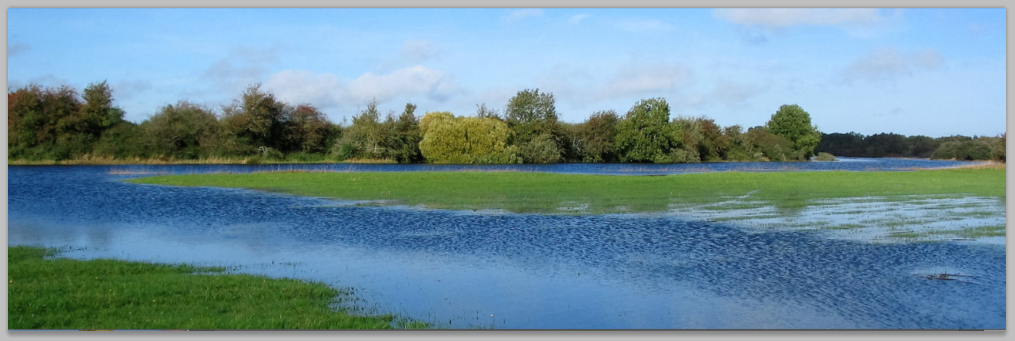
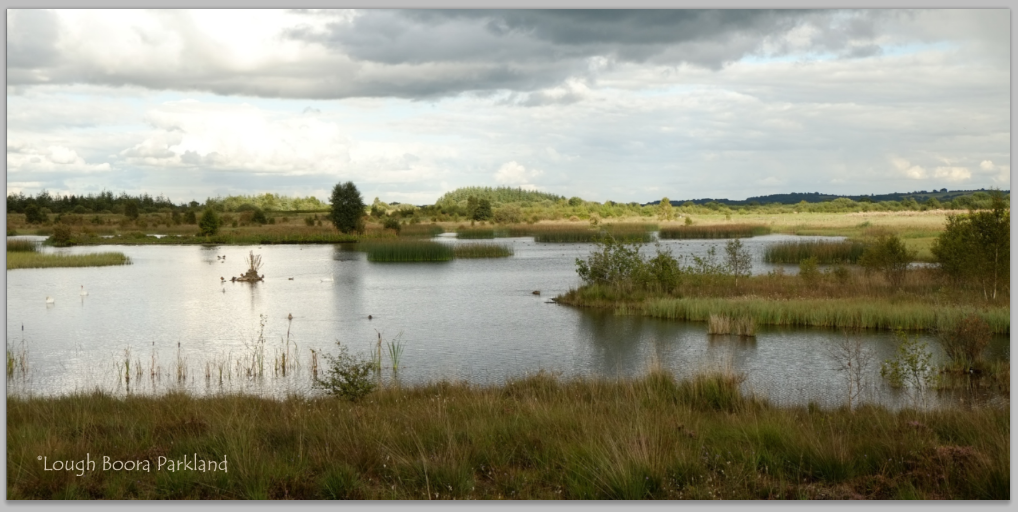
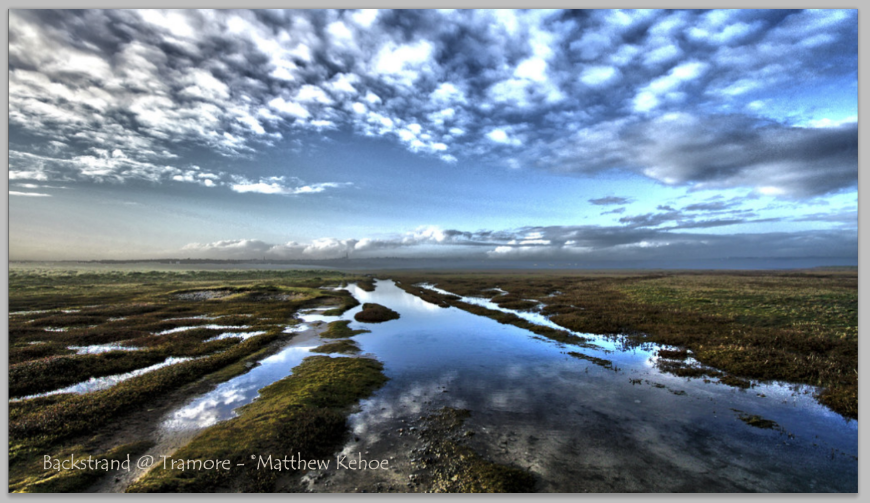
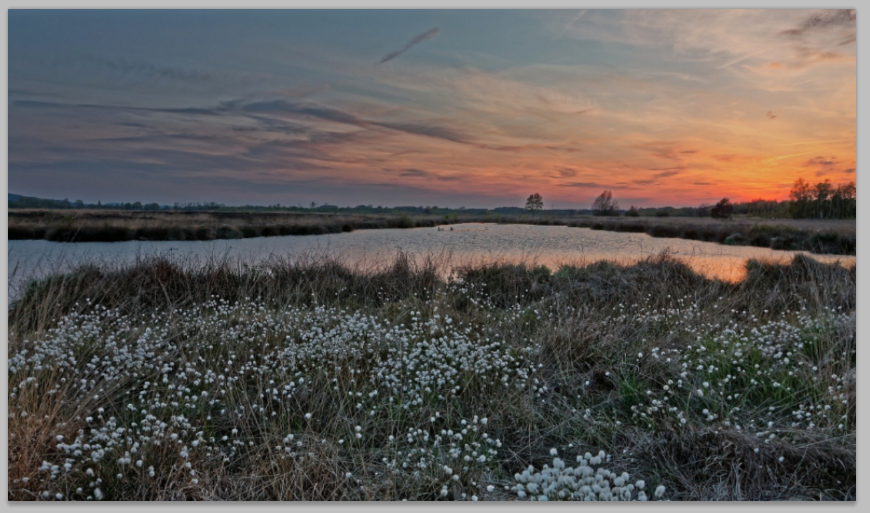
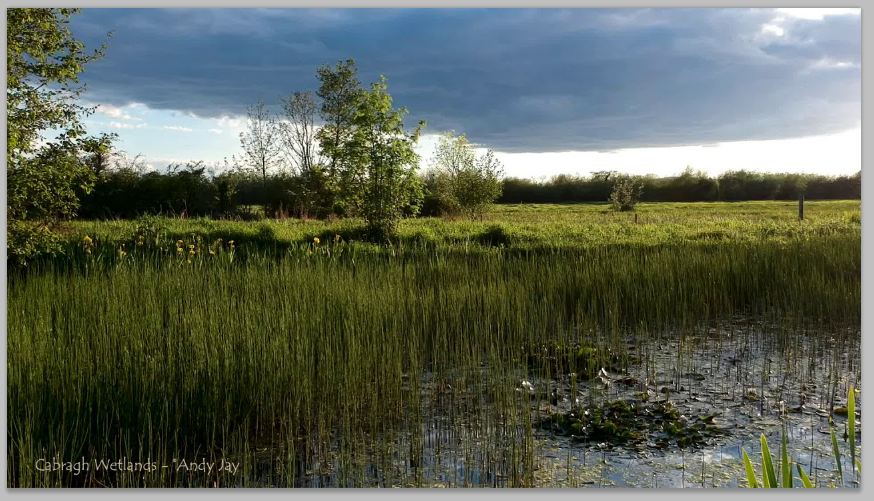

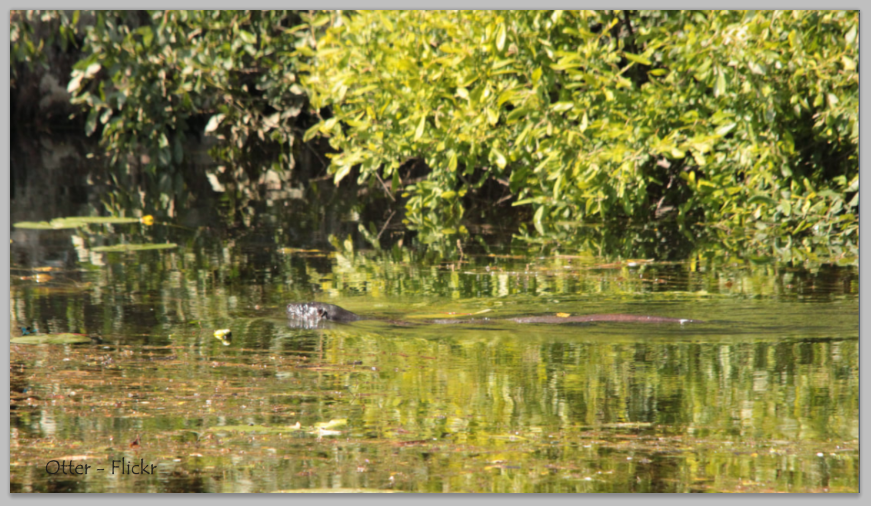
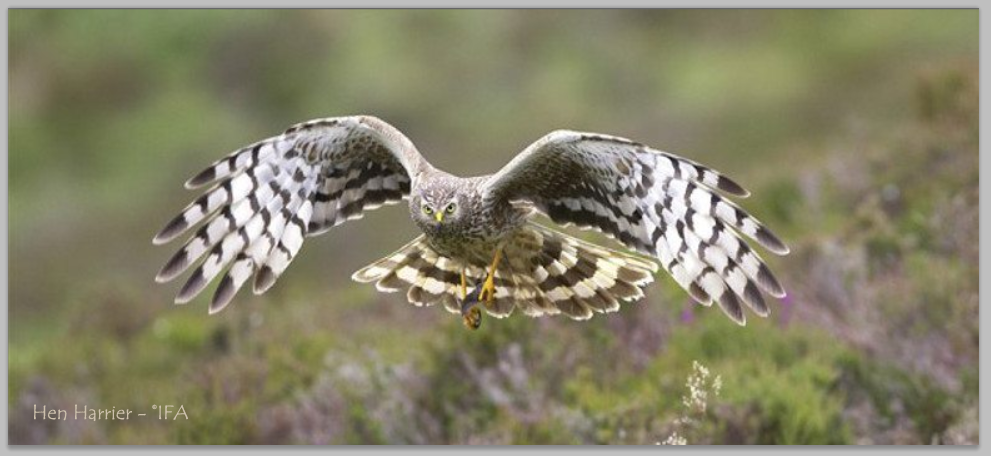
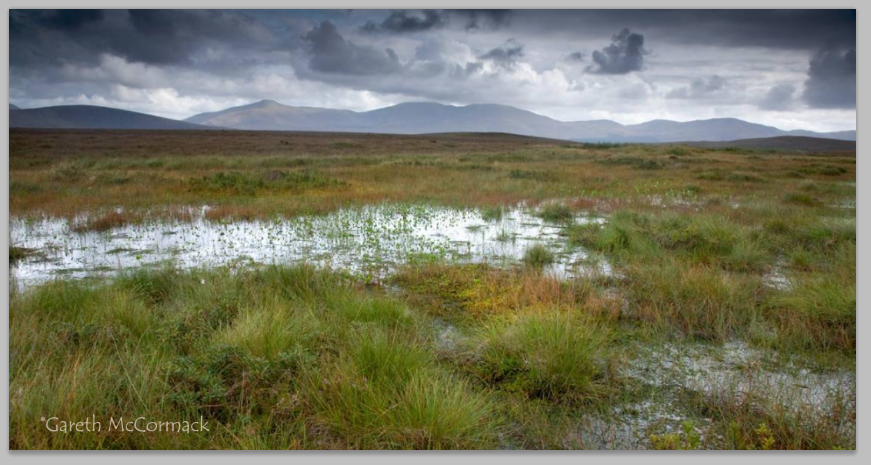
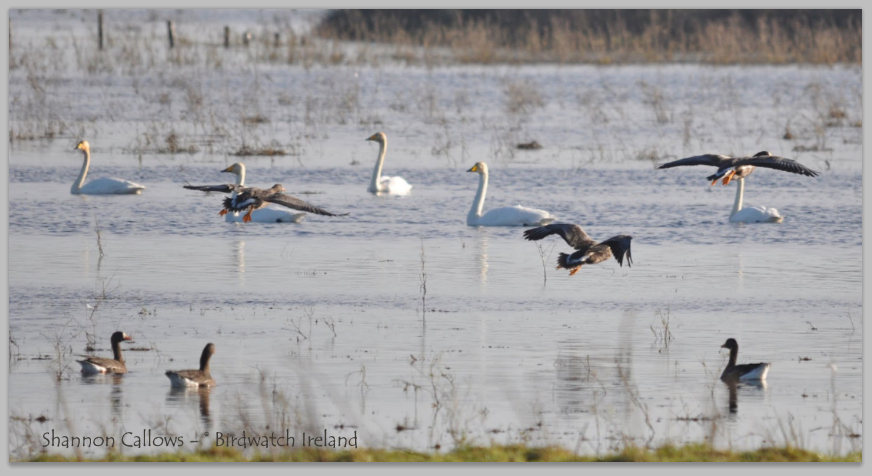
 RSS Feed
RSS Feed